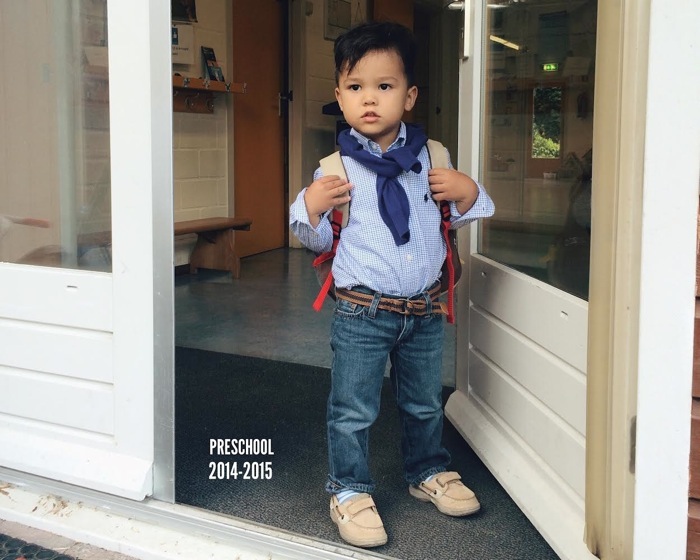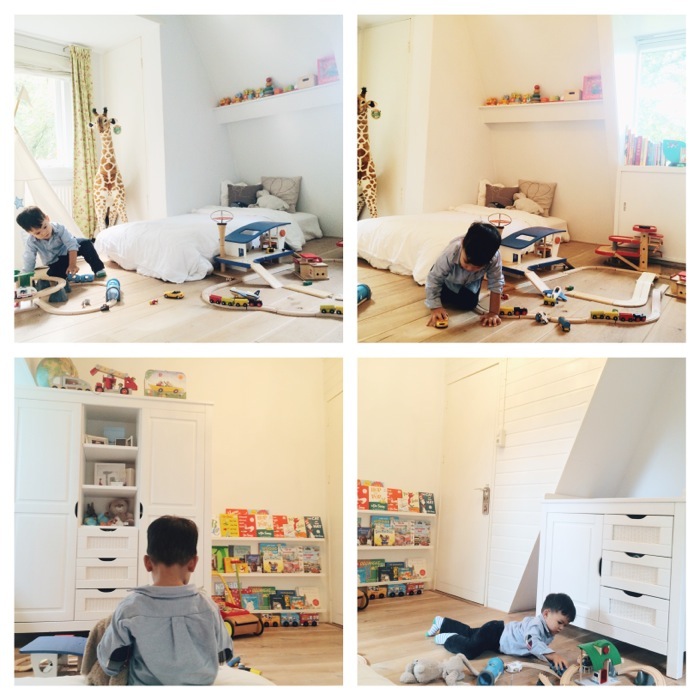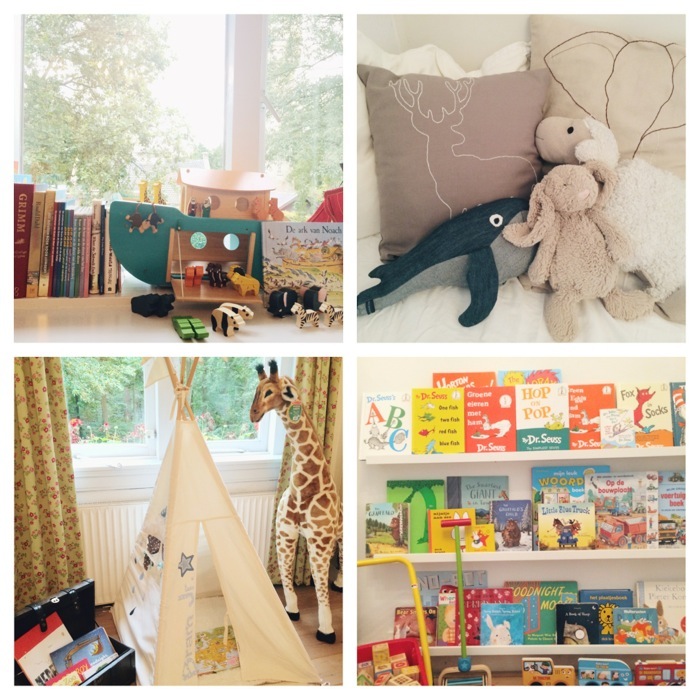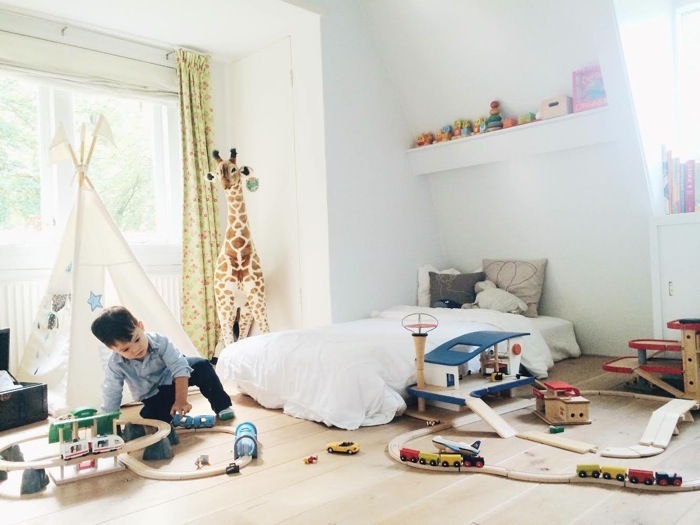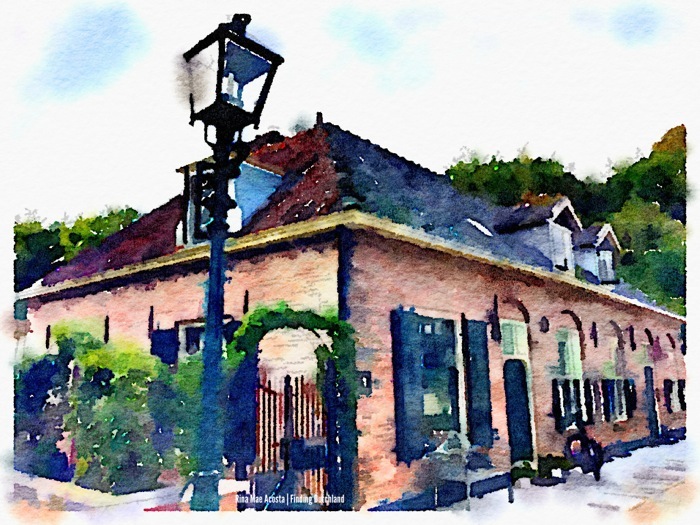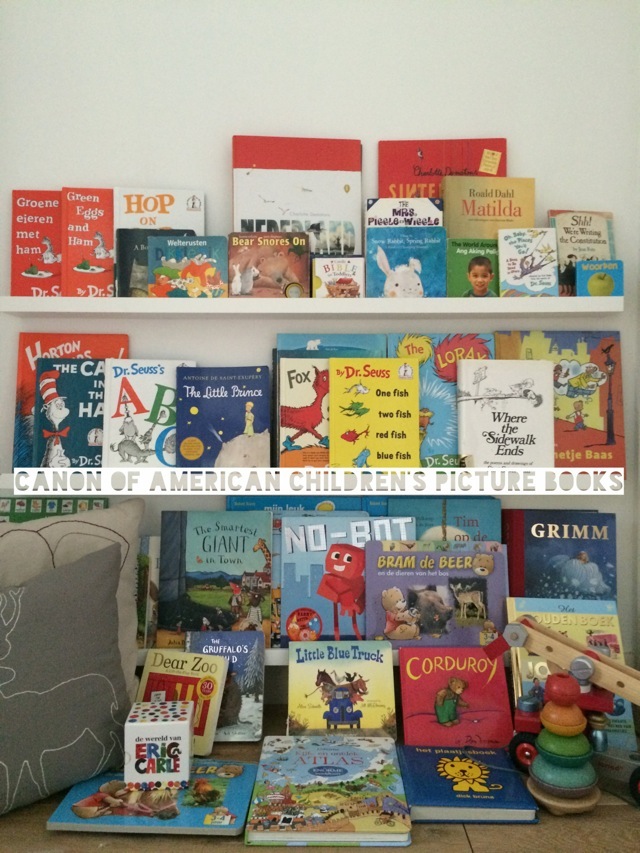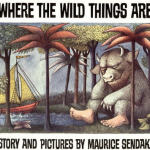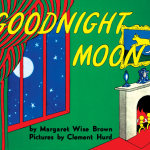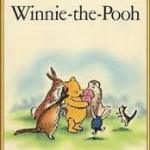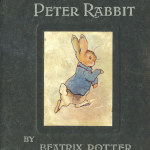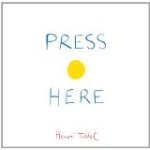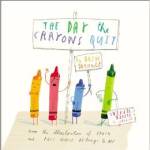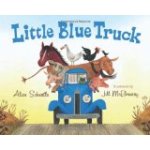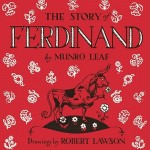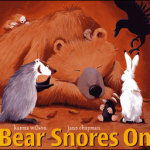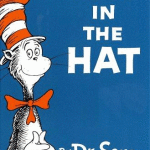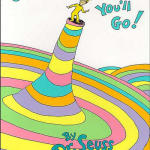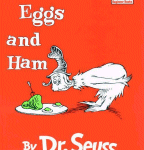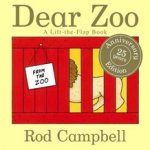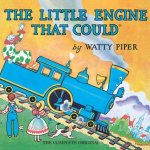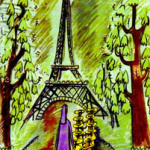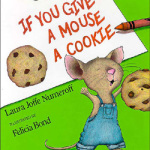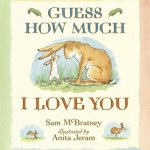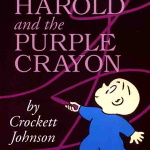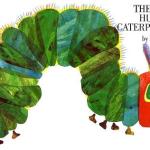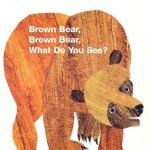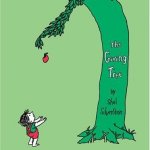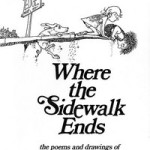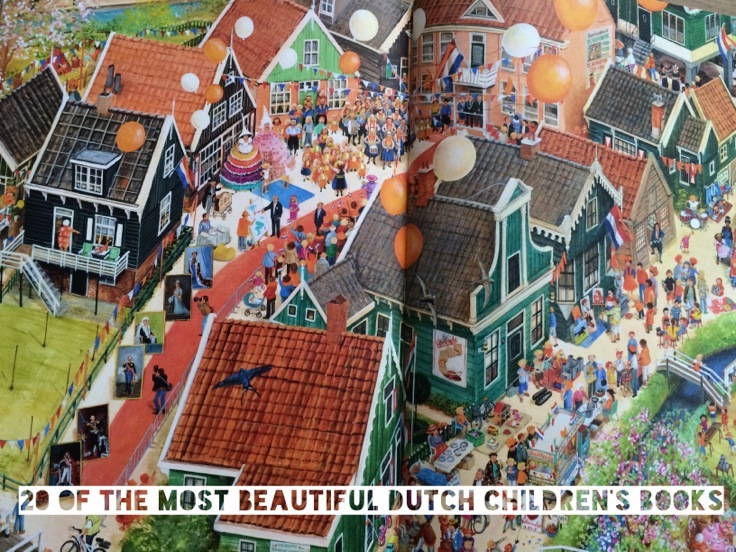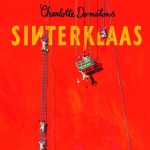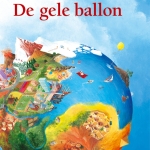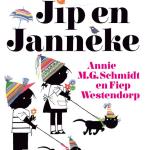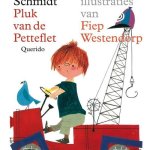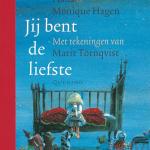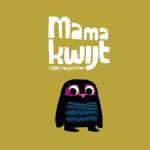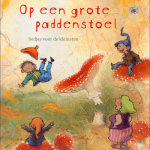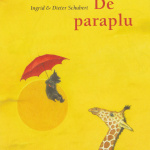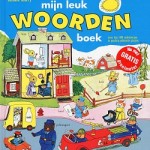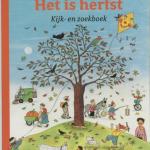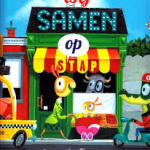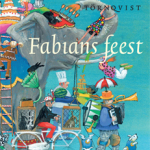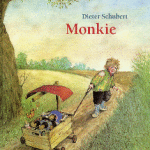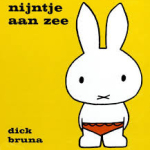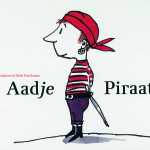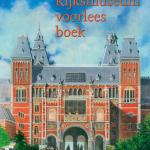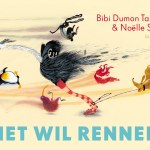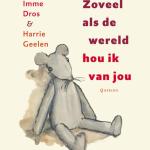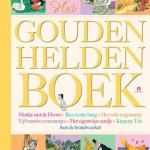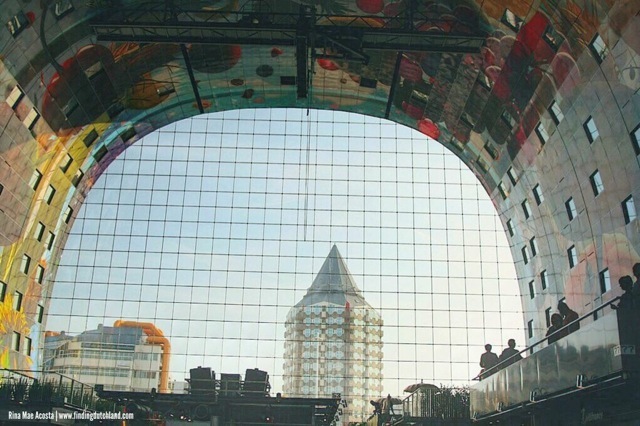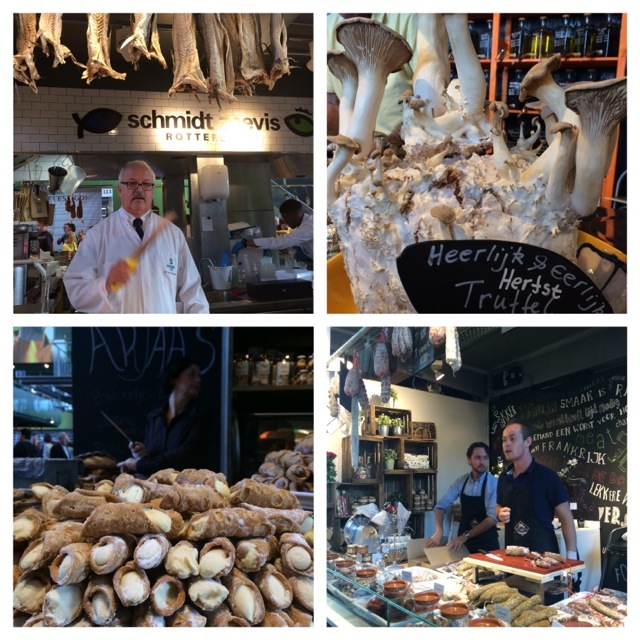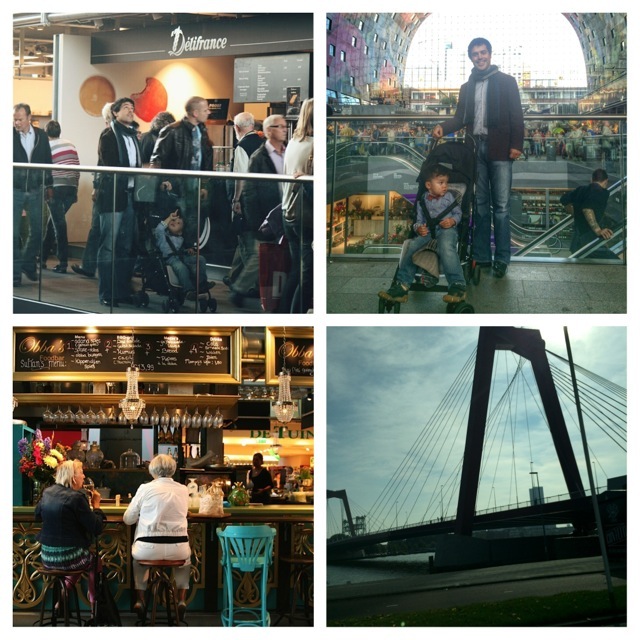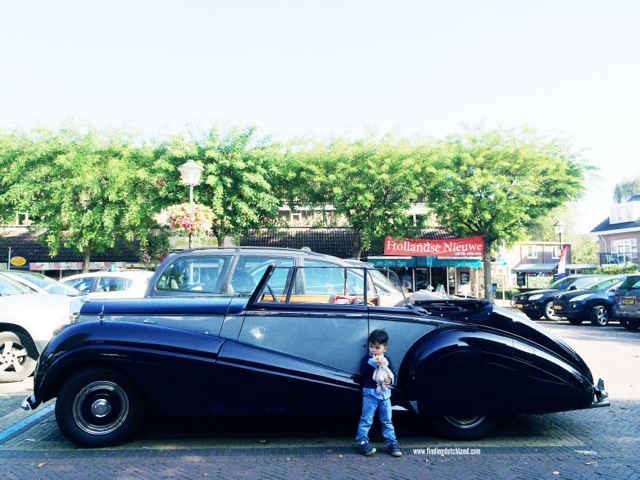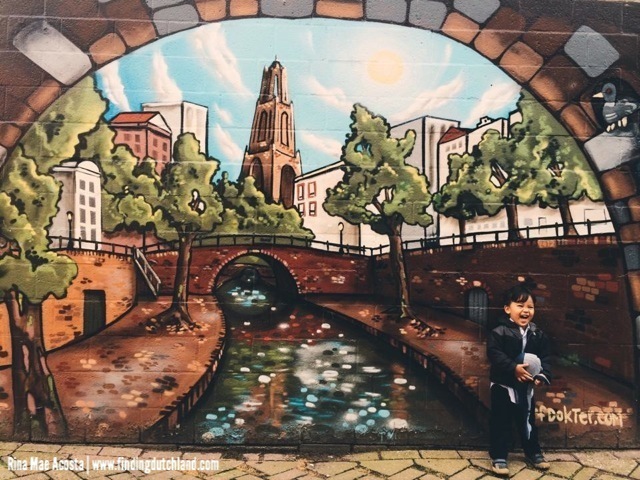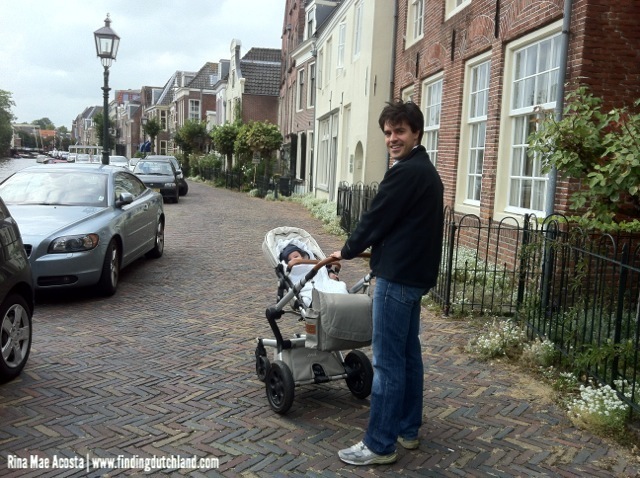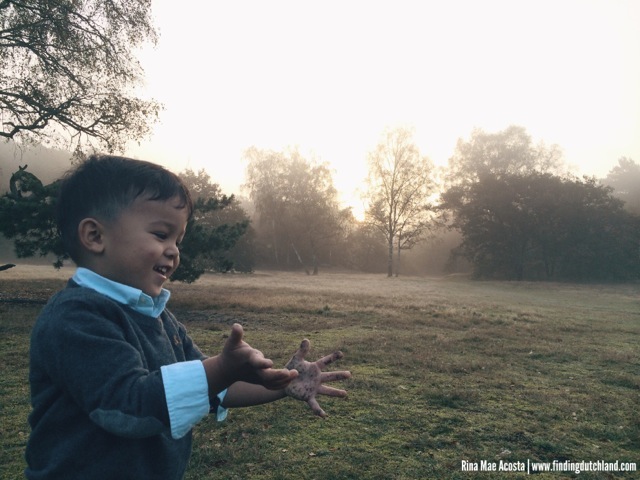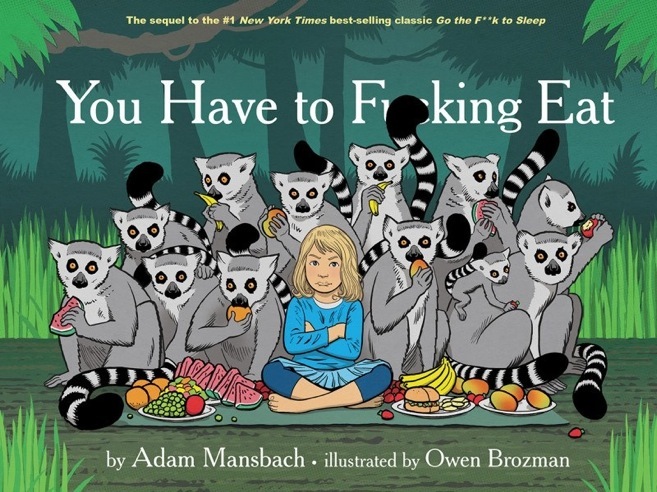“Love.” my Dutch husband calls out to me from down the hall. “We need to talk.”
His voice betrays a hint of mischief and urgency. I think to myself, “Why can’t he leave me alone. I need to finish writing this blog post. Maybe if I don’t answer him he’ll conveniently be distracted by our son.”
“Do you know what you’ve just done?” his head pops into my office door seconds later.
He struts over to my laptop and opens up Google analytics.
1,117,289 page views. 863,662 unique visitors. From the 1 October to 17 October 2014.
My eyes stare back blankly at the screen, heart palpitating a million beats per second while trying to comprehend the numbers in front of me.
Oops, I did it again.
Or more accurately, my lovely loyal readers helped spread my words across the globe about Dutch children being the happiest kids in the world and everything else related to my Dutched reality. My husband kisses me on my cheek, shakes his head in amusement and heads off to play with our son.
I then put my head on my desk, overwhelmed by a flood of emotions.
Blogging has enabled me to combine my two passions, writing and photography, while also being a stay-at-home mom. I love the process that writing entails, to see my thoughts, ideas and emotions come to life as the words from my fingertips are strung together on the keyboard and onto the screen. Words can break down walls, forge friendships, illicit emotions, and … heal. Taking pictures for me is cathartic and forces me to slow down, capture moments and give gratitude to all the beauty and wonder that this crazy experience called life throws at my feet.
And I have so much more I want to share – about my own story, about parenting in the Netherlands, the universal experience of motherhood – because if you could read my mind love, what a tale my thoughts would tell. We’ve only just begun.
(Apologies for all old school music references. Music helps me deal with stress and random songs from my childhood come up in my head.)
My site statistics tell me that I’ve finally “made it” as a blogger. That people graciously find the time to sit down and read what I have to write and share. Thank-you.
However (and this is the part where my heart breaks), to accommodate this amount of traffic demands a hefty price tag in the form of server fees. No hobby should be a financial burden to a young family establishing roots. Not when we’re a single-income household with no trust-fund, or any other extra means of financial support to lean on.
I had to ask myself, “Do I stop writing, or shall I continue with this endeavor? Do I let you guys know what’s going on, or do I simply keep going and posting while behind-the-scenes I’m feeling paralyzed, uncertain about how to proceed and on the brink of quitting. My supportive husband sweetly warns me that if I stop now, I’m going to be disappointing a lot of people. He’s wonderful like that isn’t he?
Let’s also not forget how emotional I’ve been through all of this. I finally found my voice, my passion. It took me eight long, hard-earned expat years to discover just how wonderful life and raising children in the Netherlands can be. All the countless thousands of hours I spent researching, writing, and revising blog posts in hopes of building something I can be proud of.
For the sake of transparency and practicing the art of vulnerability, in other words, keeping it real, I’ve decided to share what’s been weighing heavily on me all week. I’m officially making a concerted effort to pursue sponsorship opportunities to help me with my server fees and allow me the peace of mind and valuable time to continue writing. I promise not to make my blog an on-going infomercial (which is why I resisted accepting various offers for so long) and will only accept offers that I feel contribute to the spirit of my blog and are of relevant interest to my readership. Thanks for letting me share what’s really going on in the Finding Dutchland household.
Wishing everyone a wonderful and blessed weekend. For those who live in the Netherlands, weather forecasters are promising us a magical, record breaking “hot weekend”. Make it a good one.
p.s. If you think your shop, business or blog would be a good fit as a sponsor, contact me.
p.p.s. If you haven’t joined already, there’s an awesome party happening on my Facebook page. Come join in the fun.


